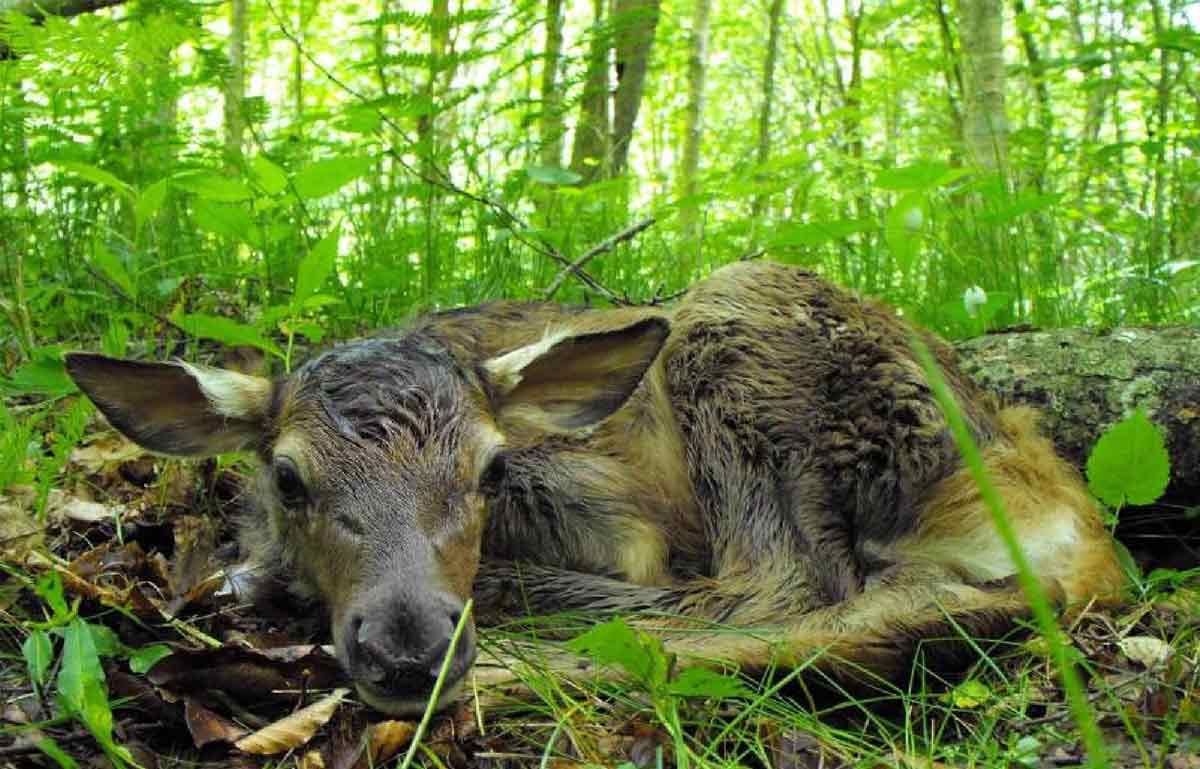
Elk pregnancy rates aren’t what they should be across Pennsylvania, which could lead to fewer calves repopulating the herd.
Photo: Pixabay
Maybe they’re just playing hard to get.
Each year, hunters who kill a cow elk in Pennsylvania are asked to collect blood samples and deliver them to the Pennsylvania Game Commission’s check stations. The agency tests them to determine, among other things, if the cow was pregnant.
Increasingly, they’re not.
The issue
“This is restricted to the ages of 3 to 12, the prime reproduction years for cows,” said Jeremy Banfield, elk biologist for the agency.
Yet, elk pregnancy rates are dropping.
In 2013, 77.3 of hunter-killed cow elk were pregnant. That dropped to 66.7 percent in 2014, and 43.8 percent in 2015 before climbing back to 50 percent in 2016.
“Our pregnancy rate is suspiciously low,” Banfield said. “It’s not the-sky-is-falling low. But it is, again, suspiciously low. It’s curiously low.”
One possibility, Banfield said, is that cows are just getting pregnant later in the year.
Typically, they first come into estrus around the third week of September. Those that aren’t bred then will come into estrus 21 days later.
That repeats itself for multiple cycles, he said.
But the elk hunting season is held in early November. Yet, the blood test that checks for evidence of pregnancy only goes back about 40 days.
“What we’re nervous about is that we’re only capturing the animals bred in the first estrus cycle,” Banfield said. “So the solution there is to get blood samples later in the year, when we’re going to capture animals that may have bred in the second, third, fourth, even fifth estrus cycles.
“In order to do that, we need to catch a bunch of them.”
A solution
The commission plans to do that by conducting a “very small scale research project” this winter.
Using a corral trap that dates to the 1990s – when the commission was capturing and relocating elk – the idea will be to capture a fairly large number of elk at a time.
Animals enter the trap, lured in by food, and shuttle through a set of smaller and smaller “squeeze” chutes until they can be handled. All will be ear tagged. Blood samples will be collected, and the cows will be roughly aged. They’ll get a body condition score to note their general health, too.
A few will even be outfitted with collars.
“Again, the whole goal here is to get blood samples later in the year that we can compare to those early ones and say, is pregnancy improving throughout the year, with a greater number of estrus cycles, or is it staying about the same,” Banfield said.








